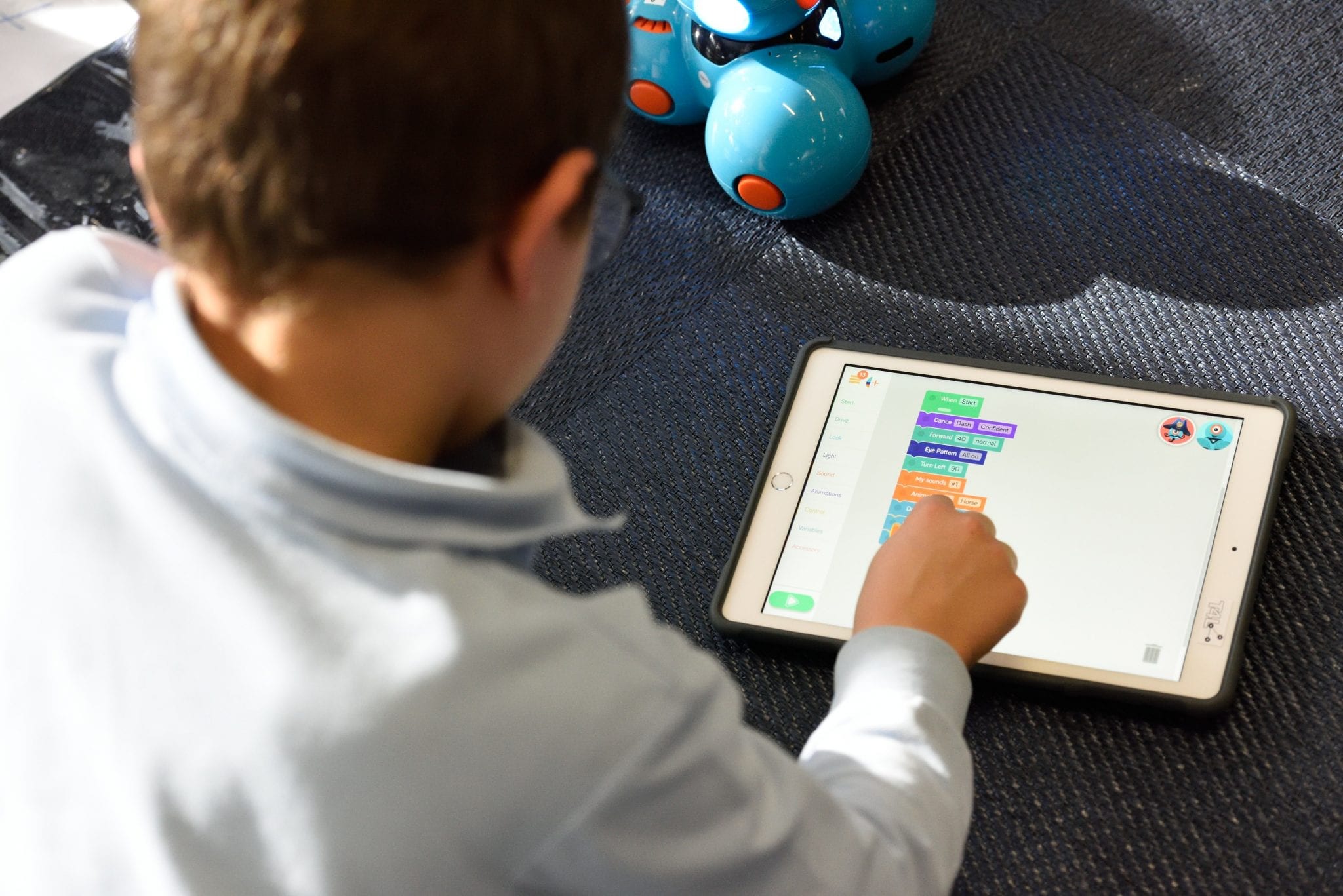K-12 publishers should offer mobile-first digital learning because it works. What is it? Mobile First is when course authors start with the smallest screen and work their way up. Why is this the best way for publishers to go? Why is it worth the effort for a publisher to retool their design process?
Students Expect Mobile First
Students are really struggling with remote learning in a lot of districts. Mobile-First Online design is familiar to students. Students reach for mobile devices more often than they sit down at a desktop. Publishers need to meet the students where they are by making content that fits the device. Mobile-First Digital Learning content takes advantage of responsive web design. RWD lets the content fit the screen of different devices. This means learners spend more time learning and less time zooming, panning, and scrolling the content. Also, course authors have an easier time scaling objects from a small screen to a larger screen than in reverse. Graphics display. Truncated graphics are not a problem for learners. Text is large enough to read. Also, when the tech works, the student learns. Likewise, when the tech fails, the student gets frustrated and discouraged.
Delivery Issues with Multiple Devices
Besides that, the mobile end has more restrictions than the desktop side. Also, course authors expand course features for tablet and desktop versions versus cut out functionality. Current content development process may need to be flipped. Still, many students will access course content on a mobile device. Publishers can use Mobile-First Digital learning content to help teachers address the tech obstacles they face. Bandwidth restrictions curse many students. Publishers can help these teachers reach these students by making content easy to access. Not only that, but students are also on different browser versions. Mobile First means course authors build for the lowest browser (like that on a mobile phone). Course authors make sure the basic functions and features of the learning content work in the minimum of conditions.
Increased Delivery Reach
Besides that, mobile growth continues to grow. More students are using mobile devices to view their courses than ever before. Likewise, some students do not have access to reliable Wi-Fi. Yet, Mobile First digital learning content lets publishers help schools deliver learning content over a data plan. Not only that, but editors need to create content that does not require a lot of file downloads. Yet, publishers must make content that lets the student easily move to a less noisy area to complete their work. Mobile First digital online learning materials must work in a variety of places.
Content Focus and Microlearning Sessions
Besides that, Mobile First digital learning content forces course authors to focus on the essential content. Microlearning is easy to do. These learning bites let teachers assign the portions that hit what the student needs to learn. By focusing on the essential content, publishers are able to create more engaging learning experiences. K-12 publishers who focus on Mobile First Digital Content Learning are remote ready from the gate. Besides that, they know the content works.
Saves Product Development Time
Likewise, publishers save time by designing from the least complicated to the most complex. Project leaders identify the critical content at the front end of the process rather than having to decide what to cut out. Editors know the course works in the most restrictive mode. Also, course authors spend time on critical items versus figuring out flashy tricks that only work on a desktop. Mobile First forces designers to pay attention to the content, not the frills. Also, Mobile First digital learning content drives high-quality instructional materials as course authors create neat and practical designs. These designs tend to work well in the classroom. Neat designs are also remote ready.
In sum, publishers should offer Mobile-First digital learning content because it works. Many teachers and students only access content through a smartphone. Publishers gain many wins when they invest in Mobile First design practices.





